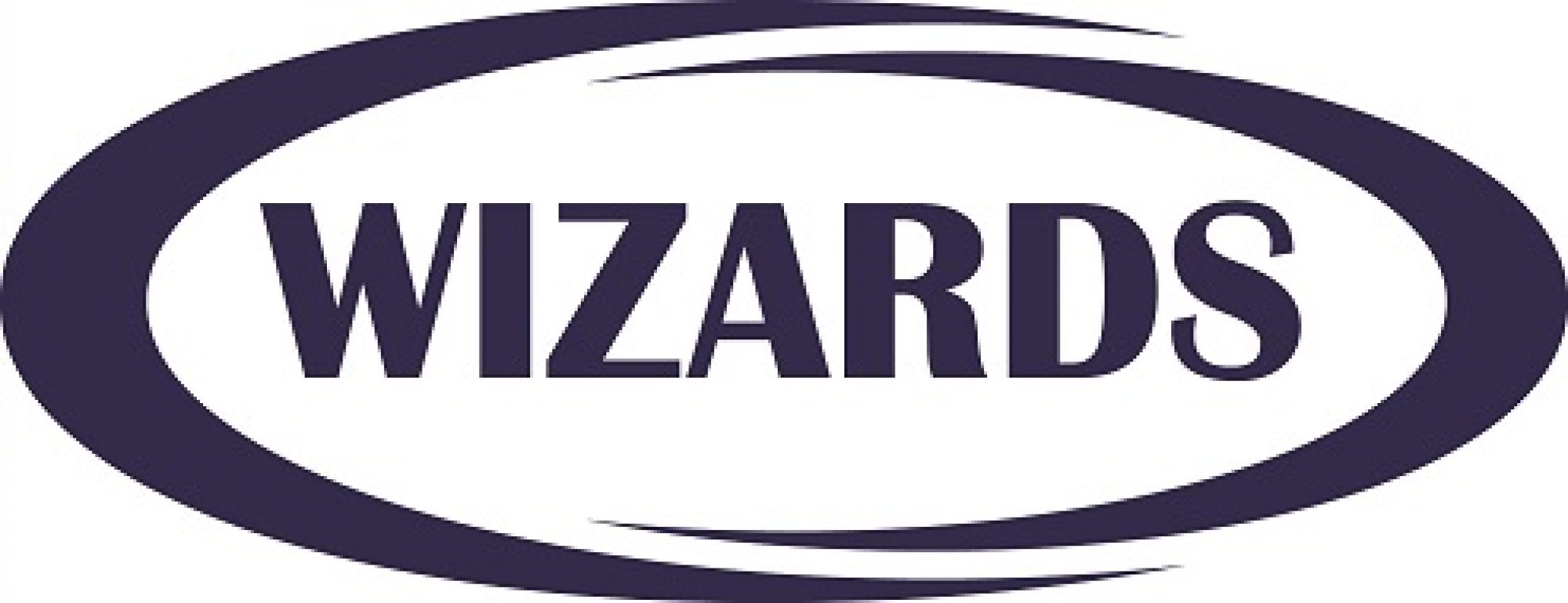The End Of ISDN, Why, When And How Will This Affect My Business?

First defined in 1988 ISDN (Integrated Services Digital Network) is a protocol for transmitting voice, video, data, etc.
ISDN2 delivers over the traditional circuits of the PSTN (public switched telephone network) which is essentially the network of copper wires that phone calls are traditionally made and received over where ISDN30 can also use that copper network it usually delivers over a 2Mb/sec fibre pair.
ISDN has been the backbone of business telephony since the late 80s with most organisations over 5 employees reliant on either ISDN2 or ISDN 30 lines.
In 2015 BT announced the ISDN network will be retired completely by 2025 with no new orders after 2020. The main reasons for this are poor price performance vs readily available broadband lines now available meaning demand is now in steep decline. Indeed if you read the announcement here https://www.ofcom.org.uk/__data/assets/pdf_file/0036/94797/Openreach-Summary-of-Market-and-Customer-Insight-on-the-ISDN2-and-ISDN30-Services.pdf the end of ISDN is just the beginning with the PSTN network to be retired on a similar timescale.
There are still over 2 million ISDN lines in use in the UK so what does that mean for your business?
As a VoIP Phone System vendor, we are seeing resistance to moving off ISDN based PBX systems and to some degree this is understandable; at time of purchase they were a substantial investment and the systems give reliable service. Of course, this comes at a price; the technology itself is elderly with most systems out of support and the onsite “black box” PBX requiring significant investment in maintenance to keep the kit running. That technology is typically based on software that was written in the 1990s and the systems themselves are long out of manufacturer support. Many clients see this a challenge buying spare handsets on the second-hand market and keeping their systems running with in house skills; clearly this is time limited and sooner or later that option dries up as supply is exhausted. There is further reluctance as there is very limited scrap value in a 15-year-old system irrespective of what it cost new! ISDN PBX systems are inflexible with additional extensions frequently demanding additional hardware in the form of cards in the PBX itself and moves adds and changes demand external expertise to manage.
All these issues disappear with a VoIP Phone System
The main issue with a VoIP Phone System is costs are driven down; call costs are significantly cut and ISDN rental, frequently more than call charges, simply disappears. VoIP has a small load on supporting hardware and can be delivered with either a simple low-cost box on site or hosted in a data centre. This latter model differs again in that other than handsets (which given PC apps are now optional!) there is no hardware on site and the business model shifts from capital intensive to revenue-based telephony as a service.
ISDN is going away and the PSTN (public switched telephone network) not far behind it so the time is right to embrace change to a VoIP Phone System before circumstances overtake you!
